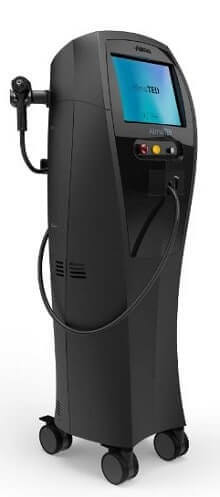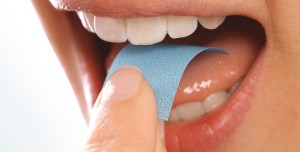
Over the past year, I have kept hearing about the Alma TED™ ultrasound-based system for hair growth. The TED stands for “TransEpidermal Delivery”, meaning past the epidermis upper skin layer.
This device is made by Alma and it improves medication and growth factor delivery to the hair follicles. It was only in March 2022 that the company announced the launch of its new ultrasound based system Alma TED.
The device benefits hair growth via improving drug delivery as well as blood flow. On a somewhat related note, even sound therapy by itself can benefit hair growth per some findings.
Alma TED for Hair Loss
I decided to finally write this post after seeing that there is a presentation on Alma TED at this week’s AAD2023 meeting.

I covered a few of these American Academy of Dermatology (AAD) conferences in the past. This time, I leave it up to the readers to go through the various hair related sessions.
The above presenter Lady Christine Cheng Dy, MD has been at the forefront of using this technology. On her website, she has a video of herself getting the painless non-invasive Alma TED treatment. It works by “using acoustic sound waves and air pressure to drive active components deeper into the skin”. This leads to better and greater absorption.
Dr. Alan Bauman, another pioneer in the use of this technology has some great videos of this treatment on his site. He is upfront that Alma TED will not grow new hair follicles, but can make existing ones stronger. He uses a growth factor serum in combination with the ultrasound delivery.
Alma TED comes with a propriety tip that is engineered with Impact Delivery™ patented technology. Unlike PRP, this non-invasive, non-traumatic treatment does not require the use of injections or needles.
Better Drug Delivery
A few weeks ago, Dr. John Cole (see his site’s section on TED), mentioned something interesting to me:
“I am very curious about using Alma TED to deliver dutasteride and finasteride. TED opens a 3 micrometer channel in the skin. According to their chief scientific director, anything up to 800 daltons should go in. Finasteride is around 400 daltons and dutasteride is 500 plus daltons.”
Dr. Cole says that he has seen great patient results from TED. On his site, he elaborates that cavitation from the ultrasound separates the skin’s collagen network of fibers. This enables the delivery of a hair care formula at up to 4mm depth into the skin via the air pressure.
He further elaborates that TED is a two step process:
- First you open the channels.
- Then, at a higher intensity, you deliver the product.
Update: It seems like Dr. Cole did a self-experiment and used Alma TED to deliver Dutasteride, Latanoprost and Minoxidil to his scalp. I did not know this when I wrote this post.
Make sure to also read my past post on topical finasteride delivery mechanisms.


